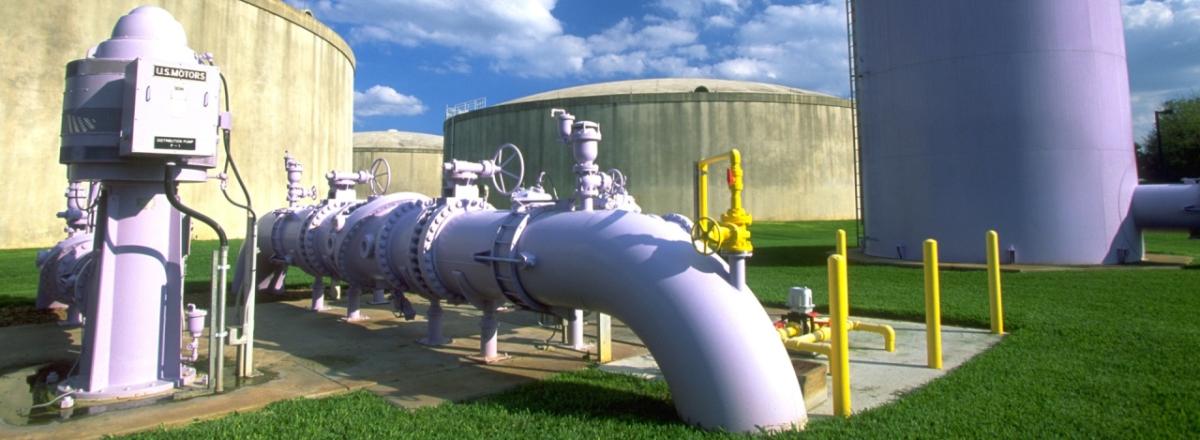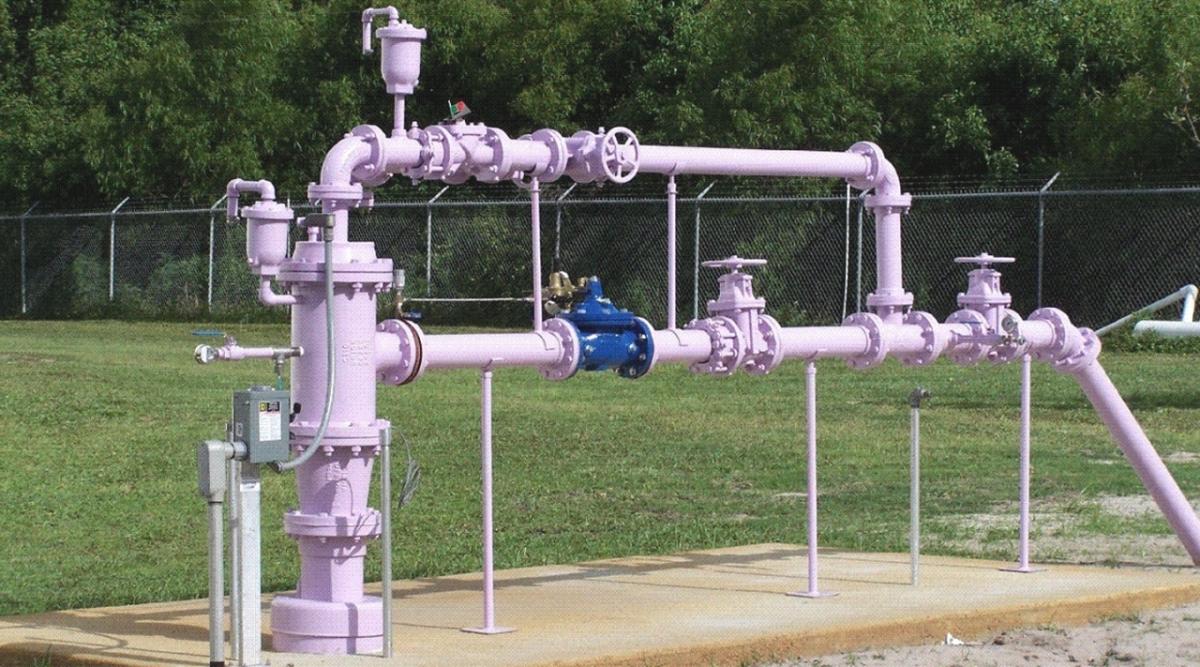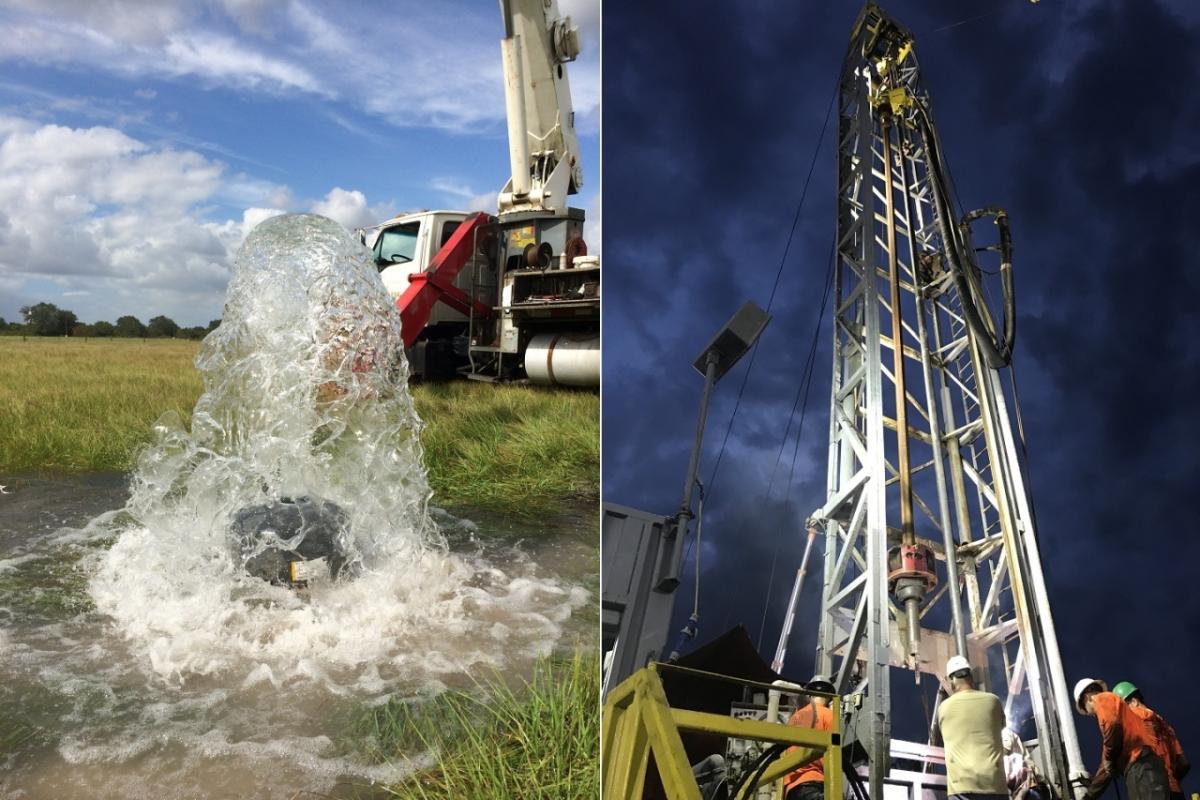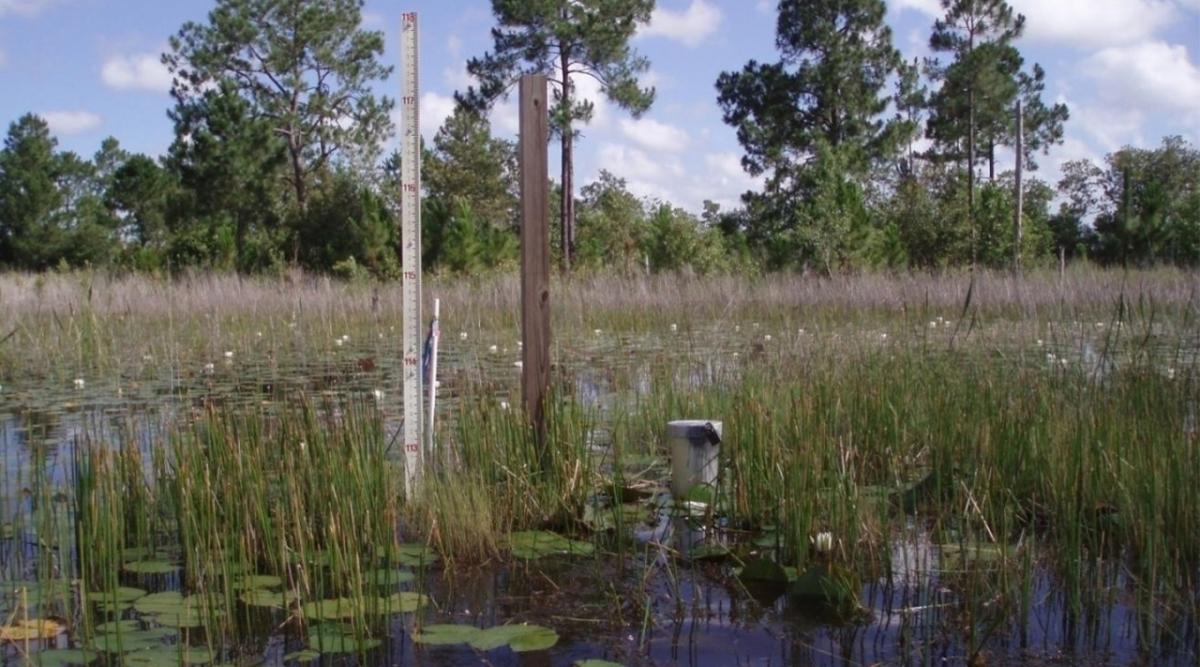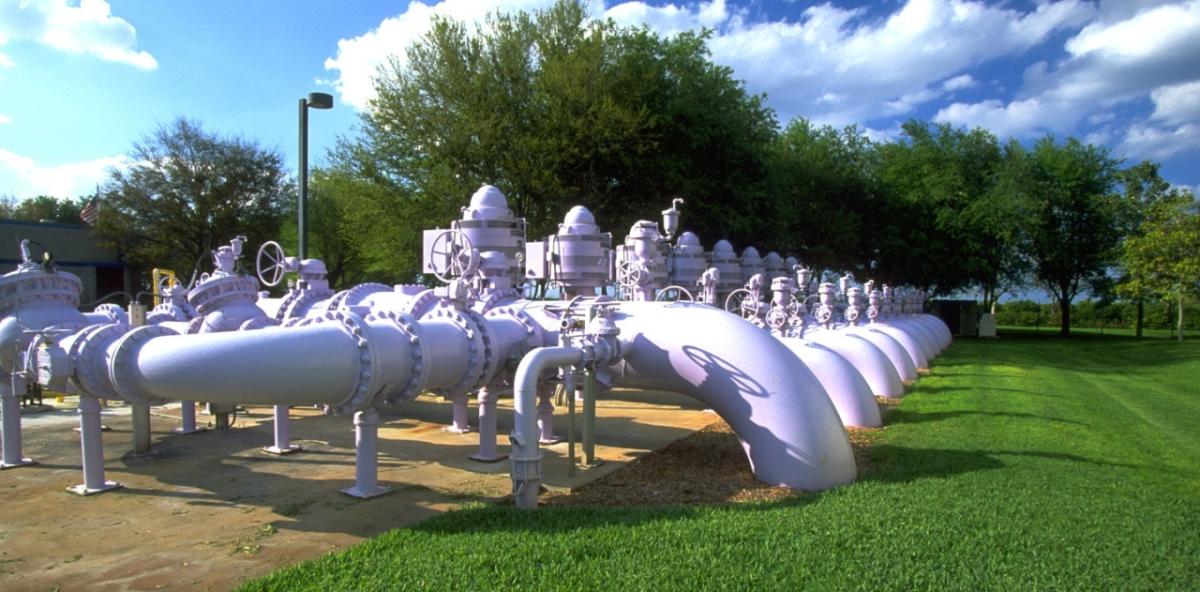Improving Water Supplies Through the Groundwater-Surface Water Nexus
Water scarcity and climate change concerns across the U.S. are driving water supply agencies to explore strategies to optimize and diversify resources.
Historically, groundwater and surface water have been managed independently as separate resources with different requirements and regulations. But attitudes toward that approach are changing.
Today practitioners refer to the “groundwater-surface water nexus,” and by recognizing the interactions between the two it is possible for agencies to better manage water resources as a whole and address concerns related to water scarcity and climate variability.
“Many regions of the U.S. are facing water scarcity, which is driving efforts toward the optimized use of all available resources and diversification of sources,” said Robert Maliva, WSP USA principal hydrogeologist. “Water managers – whether for a public utility, private utility or governmental regional supplier – are looking to find the least expensive sources of additional water and to increase the resilience of their systems.”
Regulatory Issues
While exploring opportunities in the groundwater-surface water nexus could provide solutions to many water supply issues, it faces some limitations that could slow progress. Many of the challenges are understandably regulatory, since surface and groundwater have historically been treated as separate realms and this enters largely unchartered territory.
“It’s not that these regulatory agencies are opposed to the nexus, but they are responsible for avoiding any adverse impacts that could emerge from this approach,” Maliva said. “For example, they need to ensure that groundwater withdrawals do not impact surface water systems that depend on that water source for their supply.”
Also, water management and protection rules and regulations have been playing catch-up to the science.
Maliva observed one instance in Florida where an aquifer recharge system using surface water was required to treat the water to remove coliform bacteria and other pathogens at the wellhead. But over the past decade or so, significant scientific data has been collected showing that these organisms naturally rapidly die off in the groundwater environment.
“The cost for unnecessary treatment renders some systems that would provide water resources benefits economically unviable,” he added.
Every region and system presents its own specific challenges, but there is an overall need to apply sound science and adjust rules, regulations and policies so that the use of water resources can be optimized, while ensuring that public health and the environment are protected.
It is also important that maximum value can be obtained from all water sources and to increase the resiliency of water supply systems.
“It makes good sense to anthropogenically recharge excess surface water or reclaimed water that would otherwise not be beneficially used to increase the amount of groundwater available during high demand periods or droughts,” Maliva said. “This reduces discharges to surface water that may contain high levels of nutrients or other pollutants.”
Successful Project
While there isn’t one specific strategy that fits all situations, WSP has been working with public and private water supply agencies to provide deep expertise with virtually all of the strategies and technologies available and to develop innovative solutions for their systems that also address regulatory requirements.
One of the firm’s largest and most challenging current projects in this space is for the Polk Regional Water Cooperative (PRWC) in Florida, which is a consortium of 16 governmental agencies in Polk County. PRWC members have historically relied on fresh groundwater obtained from wells tapping the Upper Floridan Aquifer for their water supplies, but additional withdrawals are being capped for environmental reasons.
“We have been working with the PRWC to develop alternative water supplies, including surface water and brackish groundwater desalination options from the Lower Floridan Aquifer, to meet their future needs,” Maliva said.
Over 200 various alternative water supply options were considered, and four of the most viable options were selected for additional study and preliminary design, including two large brackish water wellfields with reverse osmosis treatment and two surface water supply options.
In another instance, WSP worked with Destin Water Users Inc. (DWU), a small utility in Florida’s panhandle that faced the challenges of finding an environmentally sound and economical means of disposing of excess reclaimed water during wet weather periods.
“We collaborated with DWU to develop a groundbreaking aquifer storage and recovery system that both provides the needed disposal capacity and increases the reliability of their reclaimed water supply,” Maliva said. “This has allowed them to serve more customers and reuse almost all of their reclaimed water.”
Multiple Supply Options
A critical part of increasing resilience and creating a Future Ready® water system is the development of multiple supply options. Should any one fail, an alternative is available, increasing the reliability of the water supply for the communities an agency supports.
“Groundwater supplies are critical in that they can provide a bridge across drought periods,” Maliva said. “Hence, efforts to augment groundwater supplies or lessen their use when other supplies are available will increase the overall resilience of water supplies.”
WSP has been advising its water supply clients on their adaptation options as they consider how water supplies and demands may be impacted by a changing climate. The acceptance by water industry decision makers of the impact climate change is having – and will continue to have – is one of the biggest changes Maliva has seen in his work on numerous projects over the past decade.
Reliable and resilient water supplies for the present and future, through new solutions that address and enhance the groundwater-surface water nexus, will benefit all people within a community.
“A safe and reliable water supply is a critical, but often taken for granted, necessity of modern life,” Maliva said. “There is great satisfaction in working on water supply projects because my coworkers and I are developing something of great long-term value to our clients’ communities.”

